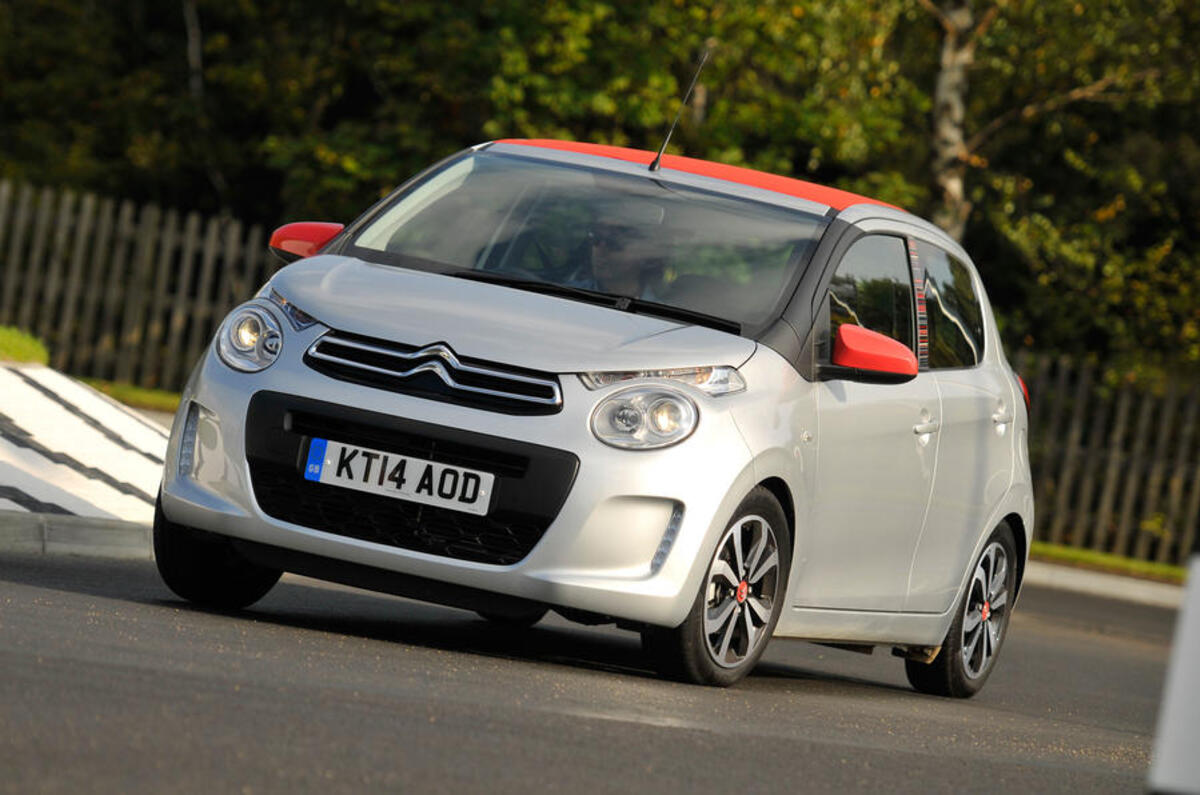Citroën won't develop a city car positioned between the Ami and the new ë-C3 (ie a new C1), CEO Thierry Koskas has confirmed.
Koskas told Autocar that the low launch price €23,300 (£20,100) of the new electric C3 leaves little space in the French brand’s line-up for a city car.
He elaborated: “The A-segment is very, very small in Europe – maybe because there are not very many offerings. This is a very small segment. Why? Because at the end of the day, the price difference between the A- and B-segments was not so big. With a B-segment car, you had the benefit of a much more versatile car, [with more] cargo space [and seating for] five people. The benefit of the extra €1000 you paid was quite high.
“So for the time being, [the A-segment] isn't a priority. But we’ll see what happens in the future. For the time being, we start with [the] Ami and then we go to [the new] C3.”
For reference, pricing for the petrol-engined C1 started at £12,945 when it was axed in January 2022. In response to its cancellation, Citroën introduced the You trim level for the C3, at £12,995. It now costs £13,995.
Citroën’s commitment to affordability will manifest a €19,990 (£17,250) version of the new electric C3 with a range of 124 miles in mid-2025, said Koskas.
A spokesperson for the brand confirmed to Autocar that a combustion-engined variant is also in development, and that it is planned to arrive in the UK priced below £15,000 – in line with the big-selling Dacia Sandero (£13,795).
Although there are no plans for a new city car, Koskas did confirm that the lower-cost Smart Car platform, which will make its European debut on the new C3, would underpin other Citroëns in the future.
“This is a platform that will receive different vehicles, because it's a very promising platform where we can do a lot of things, and not only B-hatch cars,” he said.
He identified four “very clear” key values for every upcoming Citroën: “Comfort, simplicity, sustainability and daring.”
“What we need to do is to align the product line-up that we have with the positioning of a popular brand, to keep mobility accessible to everyone,” he explained.







Join the debate
Add your comment
If I want a small car, why would I buy a big car, even if it's cheap (which this is not)
Some manufacturers really don't get this, do they? I can't be the only person who wants and only needs a small car, there's only me, I carry one or two passengers occasionally, and the seats fold down if I need to carry larger items. The rest of the time I benefit from being able to park in small spaces, whether that be at home, work or out and about. I don't want as big a car as I can afford, I want the right sized one.
If more people were able to buy the size of vehicle that really suited their needs the city centres would be less congested as would all the side streets where people have to park when they're at home.
Four years ago that you could buy a Euro 6 compliant new Dacia Sandero for 6k, or an Aygo/C1 or Panda for 7-8k. The platforms are super ancient so where has the near doubling of cost come from?